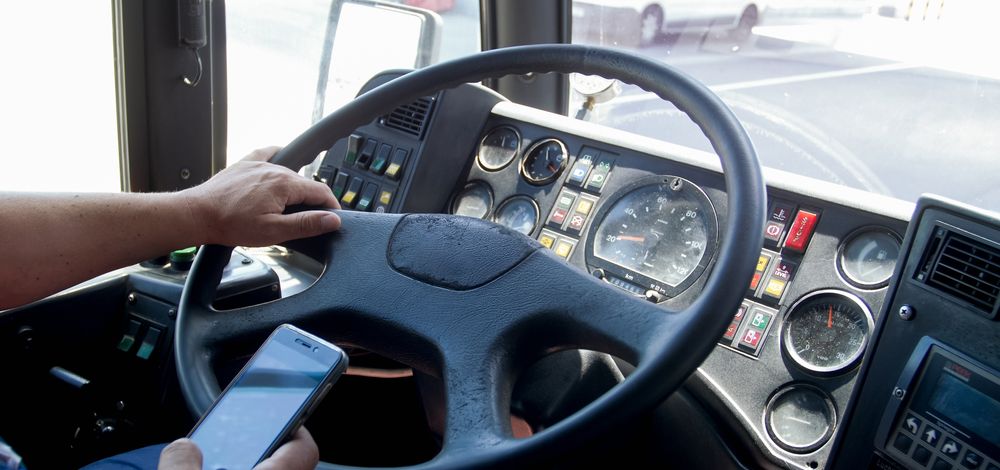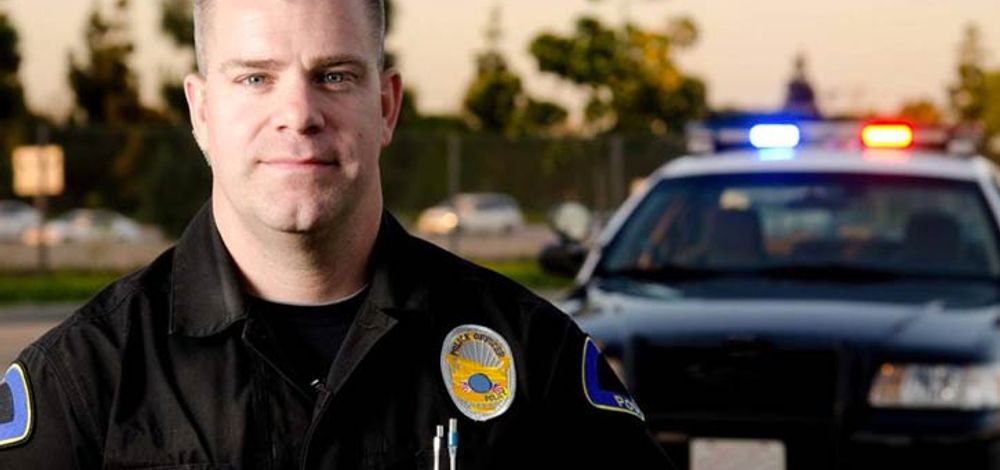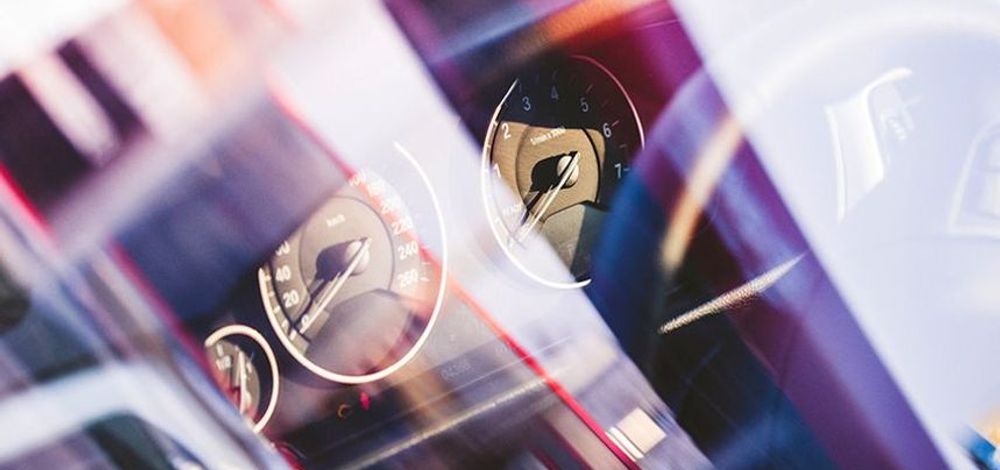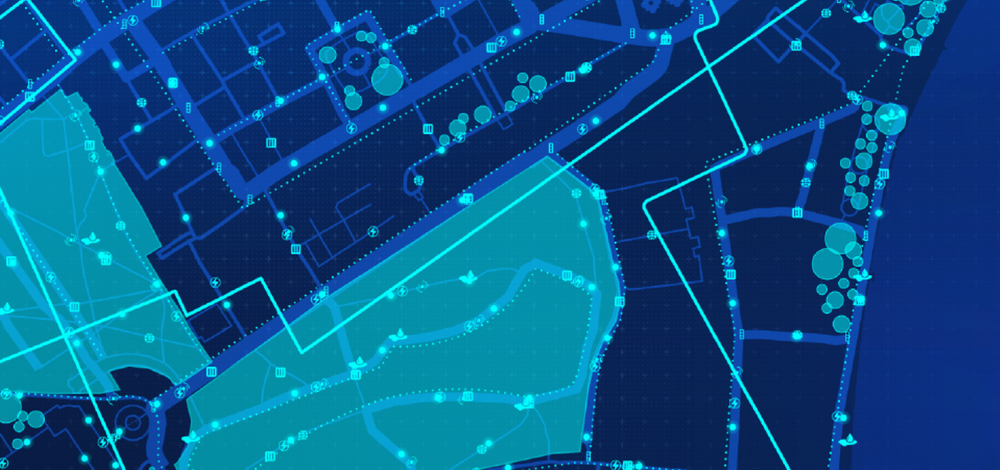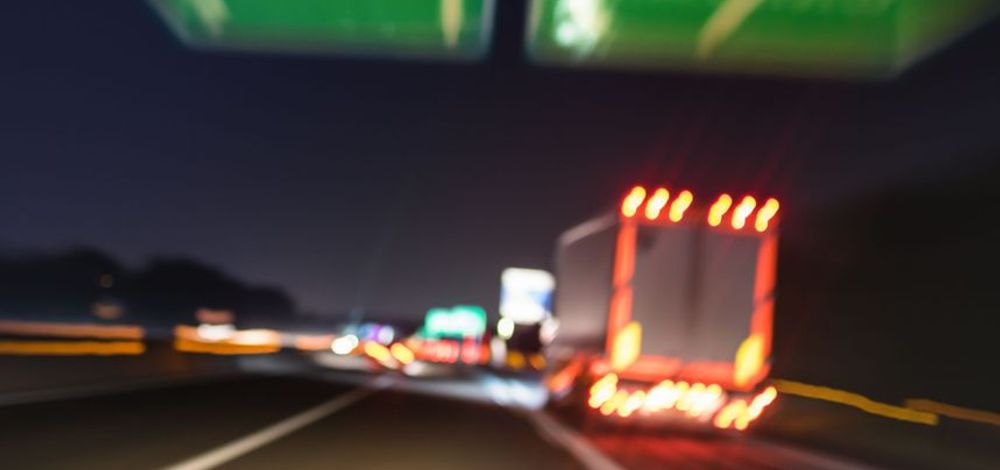
Rising Pedestrian Traffic Fatalities
In its recently released early estimate of motor vehicle traffic fatalities in 2021, the National Highway Traffic Safety Administration (NHTSA) laid out a sobering reality. Their statistical projection for 2021 shows that an estimated 42,915 people died in motor vehicle traffic crashes nationwide, a 10.5% increase compared to 2020. This is the highest number of fatalities since 2005, and the highest annual percentage increase in the history of their reporting system.
Added Risks After Dark
Perhaps even more striking are the statistics for nighttime fatalities. Most pedestrian fatalities occur after dark, and according to the Governor’s Highway Safety Association (GHSA), nighttime fatalities have accounted for an even larger share of the total during the past few years. In 2020, more than 76% of crashes with known lighting conditions occurred after dark. Some of the biggest contributors to these types of nighttime collisions are lack of visibility and an increase in reckless driving behaviors, such as drowsy driving, distracted driving, and driving under the influence of drugs and alcohol.
The GHSA report goes on to show freeways and expressways are particularly dangerous after sunset, with 88% of all pedestrian fatalities on these roads happening at night.
Improving Safety Behind the Wheel
These numbers make it clear that protecting pedestrians and cyclists must be made a top priority, especially at night. The first step is educating drivers for better and safer nighttime driving. With that in mind, we’ve put together a list of steps drivers can take to help improve nighttime driving, thereby helping protect vulnerable road users and themselves:
1. Keep it Clean
Keeping your headlights and windshield clean can do wonders for your night vision. It’s important to remember that a window may appear to be clean during the day but still contain streaks that will show up after dark. One trick recommended by Popular Mechanics is to clean the windshield with newspaper while taking care not to touch it (or any mirrors) with your hand. Skin contains oils that can smudge glass and impair your nighttime view.
2. Heads Up
Many of us take headlights for granted – if they’re working, great. If not, replace them. But, in fact, headlight maintenance has a significant effect on night driving. This AAA report showed that clouded or yellowed headlights generate only 20%(!) of the light generated by new headlights. The discoloration is caused by sunlight and can significantly affect how you see the road at night. So, don’t just check to see if your headlights are working, make sure they are working well.
3. Mind the Glare
One of your big enemies when driving at night is light – generally the glare from other drivers’ headlights. This is especially true when oncoming drivers neglect to switch off their high beams. According to the National Highway Traffic Safety Administration (NHTSA) these bright lights “can create scatter inside the eye not unlike that experienced when looking through fogged glass or smoke, which makes objects harder to see.” WorldSafety2018 found that you can fight headlight glare by making sure you don’t stare directly at this oncoming headlights and instead shift your gaze to the road markings to your right (or left in left-side driving countries). The organization also notes that if the lights on your dashboard are too bright, this can also affect your night vision. So, make sure these lights are adjusted properly – letting you read the dash without interfering with your sight.
4. Drowsy Driving
Let’s face it, most of us associate darkness with sleeping meaning that drowsy driving poses a real danger at night. The National Sleep Foundation (NSF) notes that there are three prevalent times when most collisions or near-collisions occur, two of them are periods when most people are asleep – between midnight- 2 AM and from 4 AM to 6 AM. And for commercial drivers, risks may be particularly acute – the NSF notes that those doing shift work such as driving late into the night are particularly vulnerable to drowsy driving, as are those with sleep apnea. The Federal Motor Carrier Safety Administration (FMCSA) sponsored a study by the University of Pennsylvania which found that almost one-third of commercial drivers suffer from sleep apnea. The NSF recommends several steps to avoid drowsy driving; among the most important was getting a good night’s sleep before a long drive.
5. Nighttime collision avoidance
With all the challenges faced by nighttime drivers it’s critical to support them in any way possible. Over the years, collision avoidance systems have proven themselves in protecting drivers and other road users. While systems such as the Mobileye 6 have been effective at detecting vehicles at night, the newly-released Mobileye® 8 Connect™ [CC1] has added nighttime* detection of pedestrians and cyclists to its features. The system constantly scans the road ahead for potential obstacles and alerts drivers to their presence; and, of course, it never gets tired, drowsy or distracted. These alerts can give drivers the time they need to avoid or mitigate collisions.
*The system can work in extremely low light but not in complete darkness. Exact specifications and limitations are set out in the relevant user manual.


